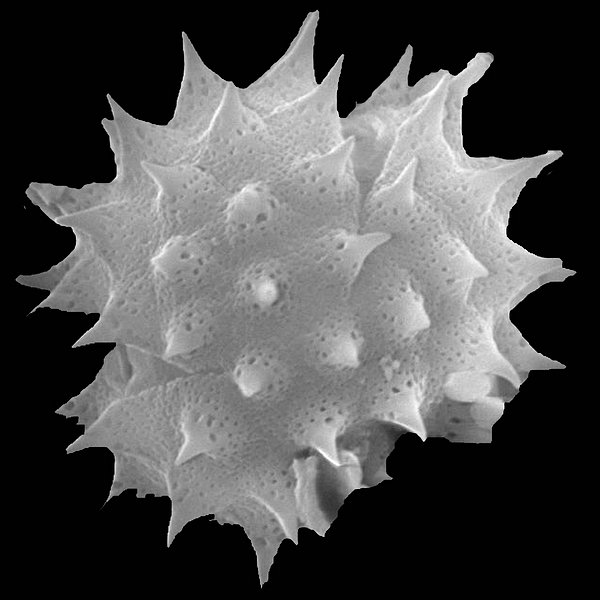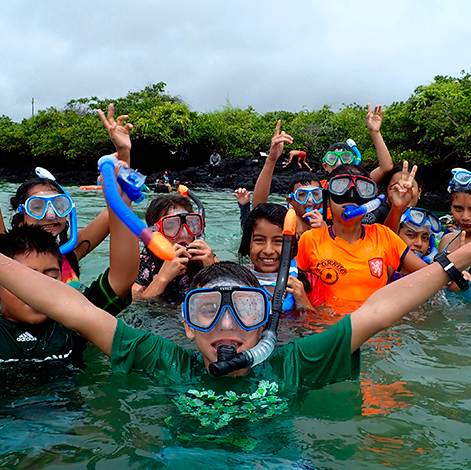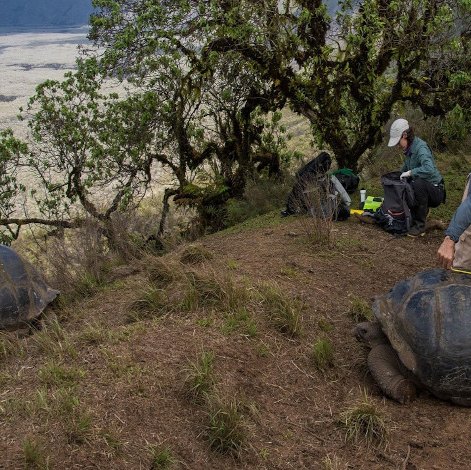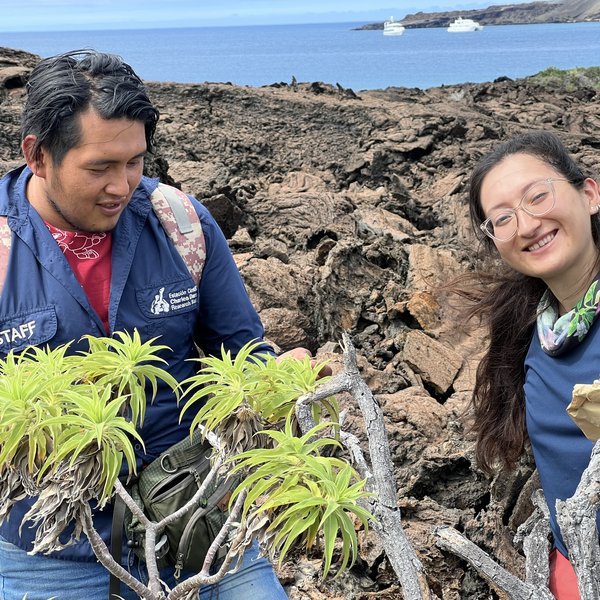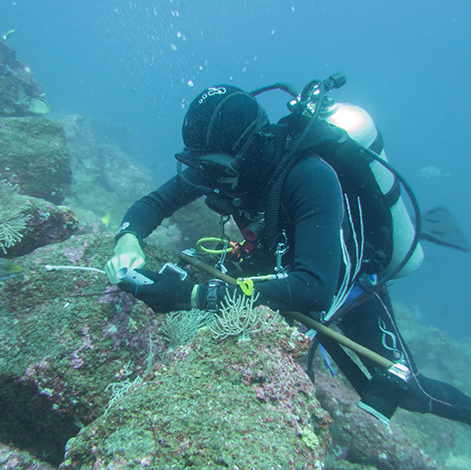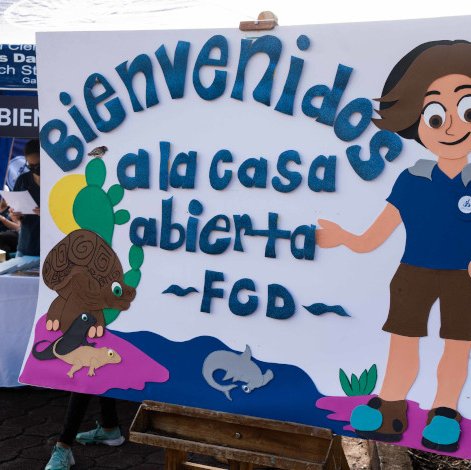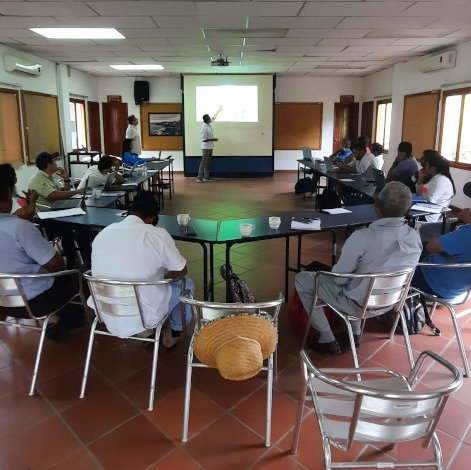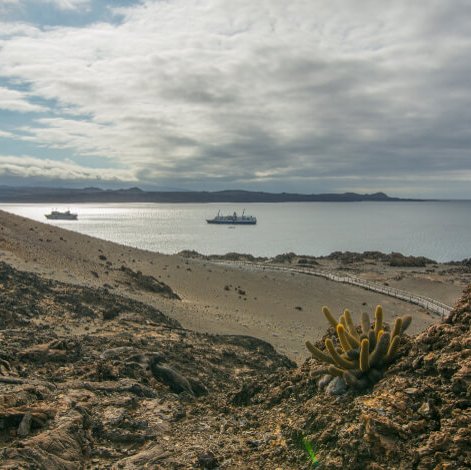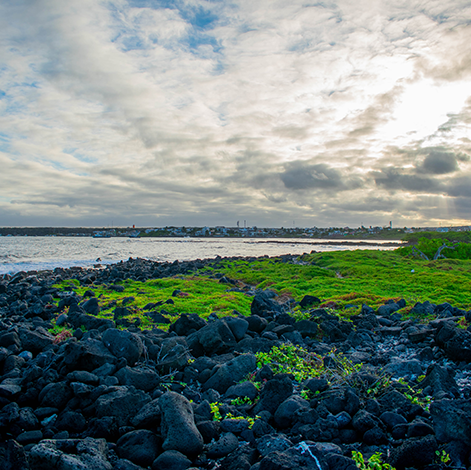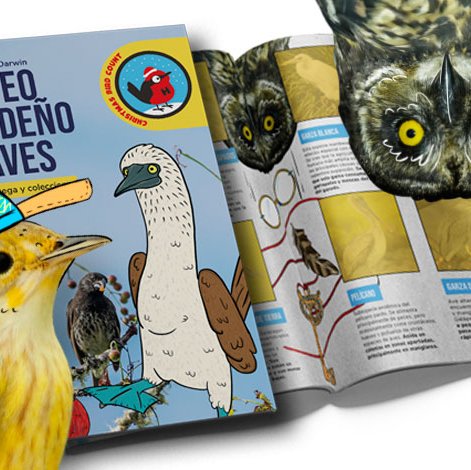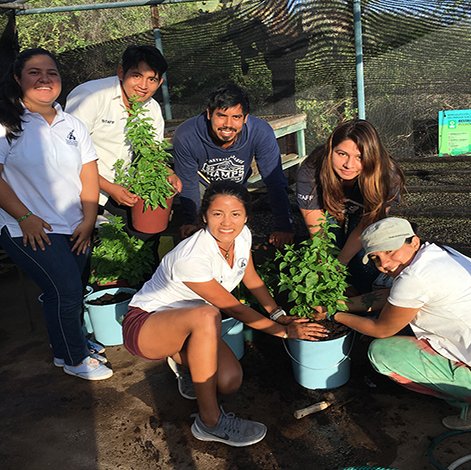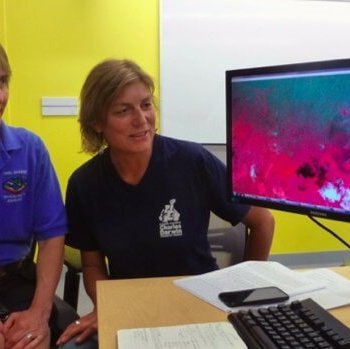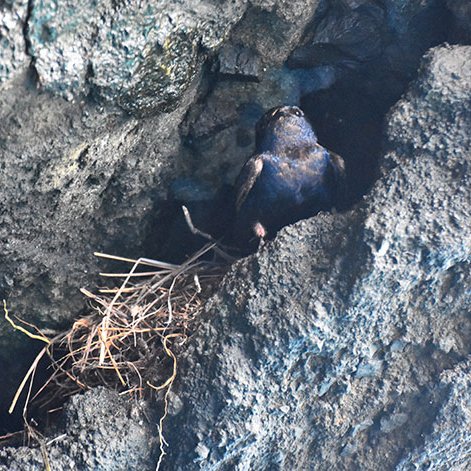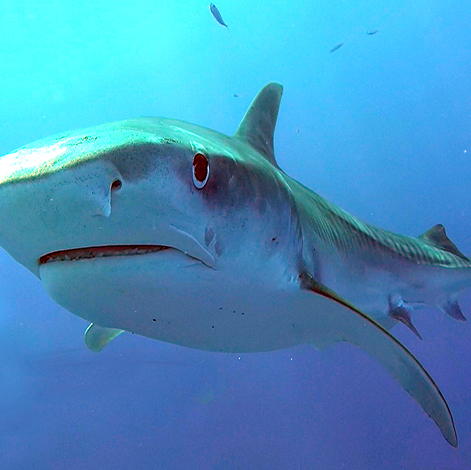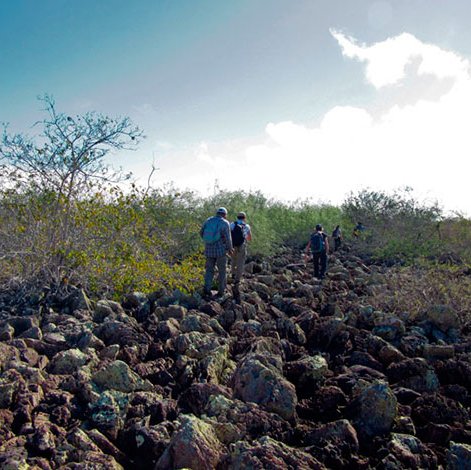Results
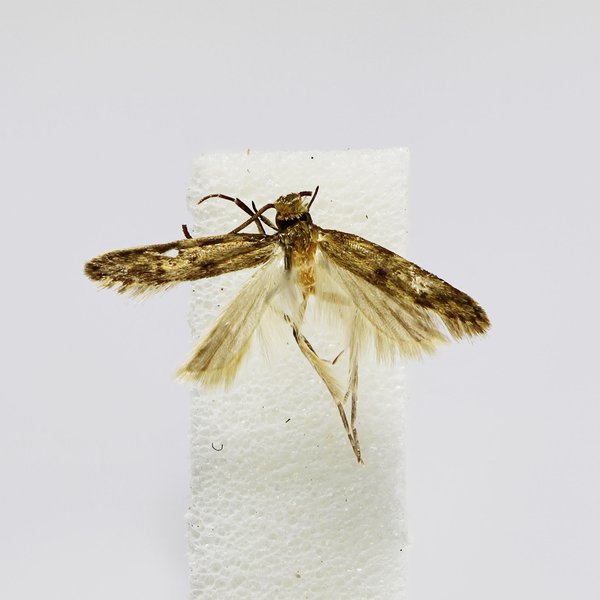
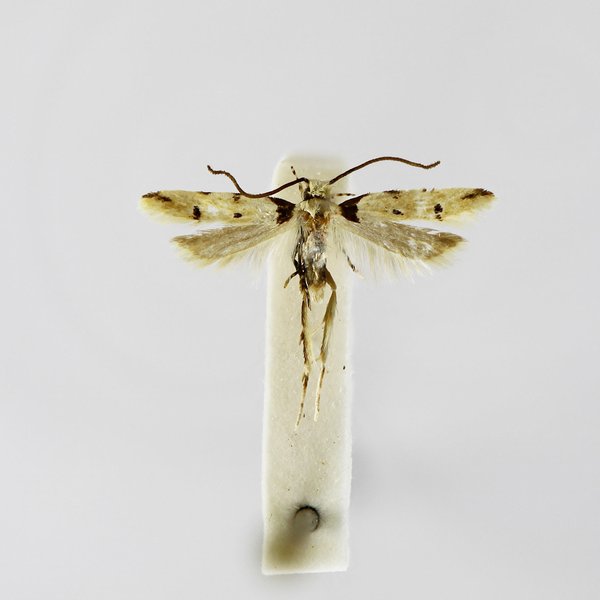
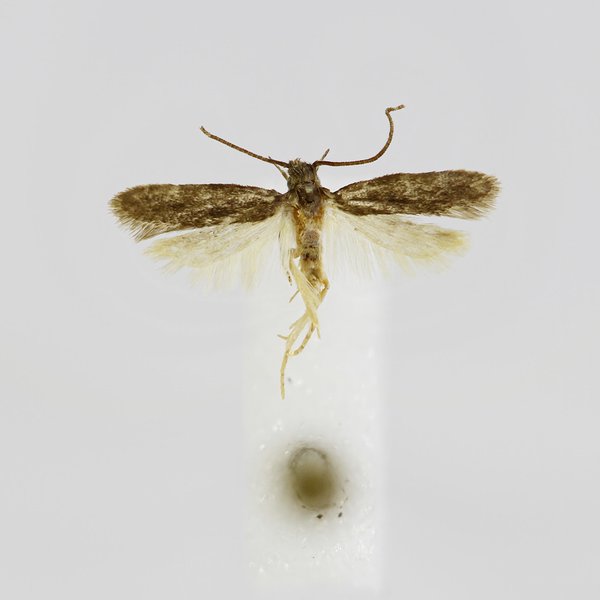
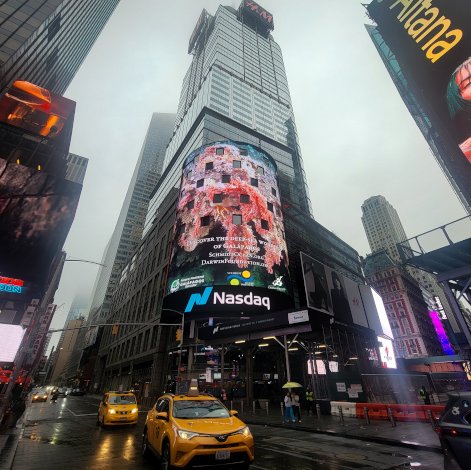
CDF raises awareness about ocean conservation in Times Square
The Charles Darwin Foundation raises awareness about ocean conservation in Times Square
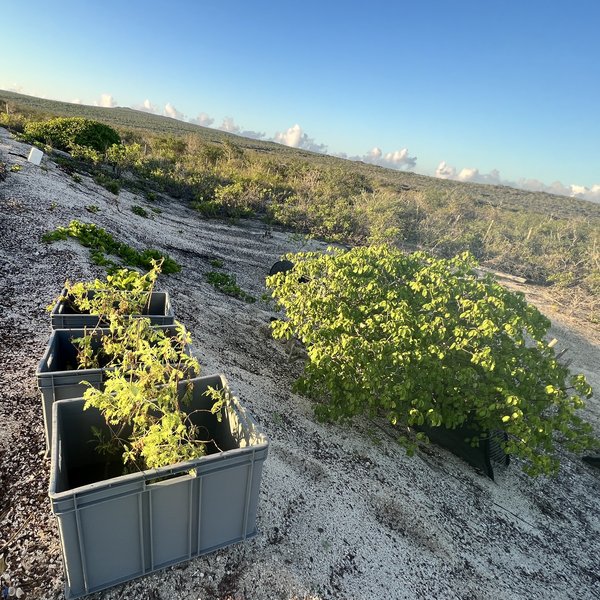
Anna Calle/CDF
Lecocarpus lecocarpoides: From Near Local Extinction to New Beginnings on Española Island
In November 2020, I joined the Galapagos Verde 2050 (GV2050) team during an exciting time. The team had just returned from an expedition to Punta Manzanillo on Española Island, where they had rediscovered a small population of Lecocarpus lecocarpoides, a species thought to be locally extinct. With 50 precious seeds collected, I was given a mission: to use these seeds to help recover the only population of this endangered species on the island.
